On December 31st, at 11: 59pm, most of us were gathered in groups, counting down to the same moment. The countdown hit zero, and as people began smooching and celebrating, my friends and I burst into song. We were singing the New Year’s traditional song, Auld Lang Syne— but the Pennywise version. Our little inside joke. However many years had passed since the ad had been on the air, but we knew all the words. We probably know it better than the original. Ads like this have remained in the psyche of the population— or at least the sub-group that enjoys corny, dated jingles— lodged in a little pocket of our local culture.
We don’t always give advertising enough credit for the role it plays in social culture. We find ourselves thinking of it reactively— looking at what is trending and finding a way to make it relevant to a brand. But it’s a two-way street. We take from culture, but we have the power to give back, too. That’s a power we shouldn’t squander. Think about Rosie the Riveter. What comes to mind is the iconic “We Can Do It!” poster, created in 1942 to encourage women to participate in the WWII war effort. The poster and the title of “Rosie” didn’t become synonymous until the 1980’s, but today she is an icon for female empowerment and feminism, 76 years after the poster was created. (We could argue about whether she deserves this feminist status, being born from a piece of manipulative war propaganda and all, but that’s a conversation for another blog post.)
Closer to home was the Charlie the Litterbug SWMCOL campaign, created in the 1980s by Pat Bishop and recently brought back with his very own facebook page. Charlie made his debut in 1981, the first year of SWMCOL’s operation. Litterbugs became known as “Charlies”, and the general public was encouraged to “Chase Charlie Away” by keeping their environment clean; turning littering into unacceptable behavior. At the time, the campaign had a huge effect on the environment, although it remains to be seen if it will be able to make a dent in a new generation of litterbugs.
With the sheer quantity of advertising messages being put out on every platform, ads won’t have the same type of impact they had in the last century. There may never be another “Got Milk?” moment on the advertising landscape, because there are more of us fighting for the same real estate. But that doesn’t mean there aren’t opportunities for brands to have a lasting, resonant impact on culture. Last year, rapper Logic partnered with the National Suicide Prevention Lifeline (NSPL) for the hit song “1-800-273-8255” (NSPL phone number) and the results speak for themselves. On the first day of the song’s release, the lifeline received a 27% increase from its usual volume of calls; its second-highest daily volume ever at the time. The NSPL website traffic skyrocketed, and google searches for the phone number doubled.
There’s no formula for creating work that will influence culture. But there is a starting point: authenticity and vulnerability. With an oversaturated market of messages bombarding consumers, it isn’t enough to just sell. You have to connect. If it’s done right, there is a golden opportunity to shape the world around us. And in the immortal words of the late and great Uncle Ben from Spiderman (RIP), “With great power comes great responsibility”. Use it wisely.


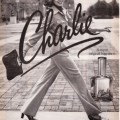
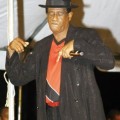
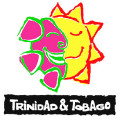
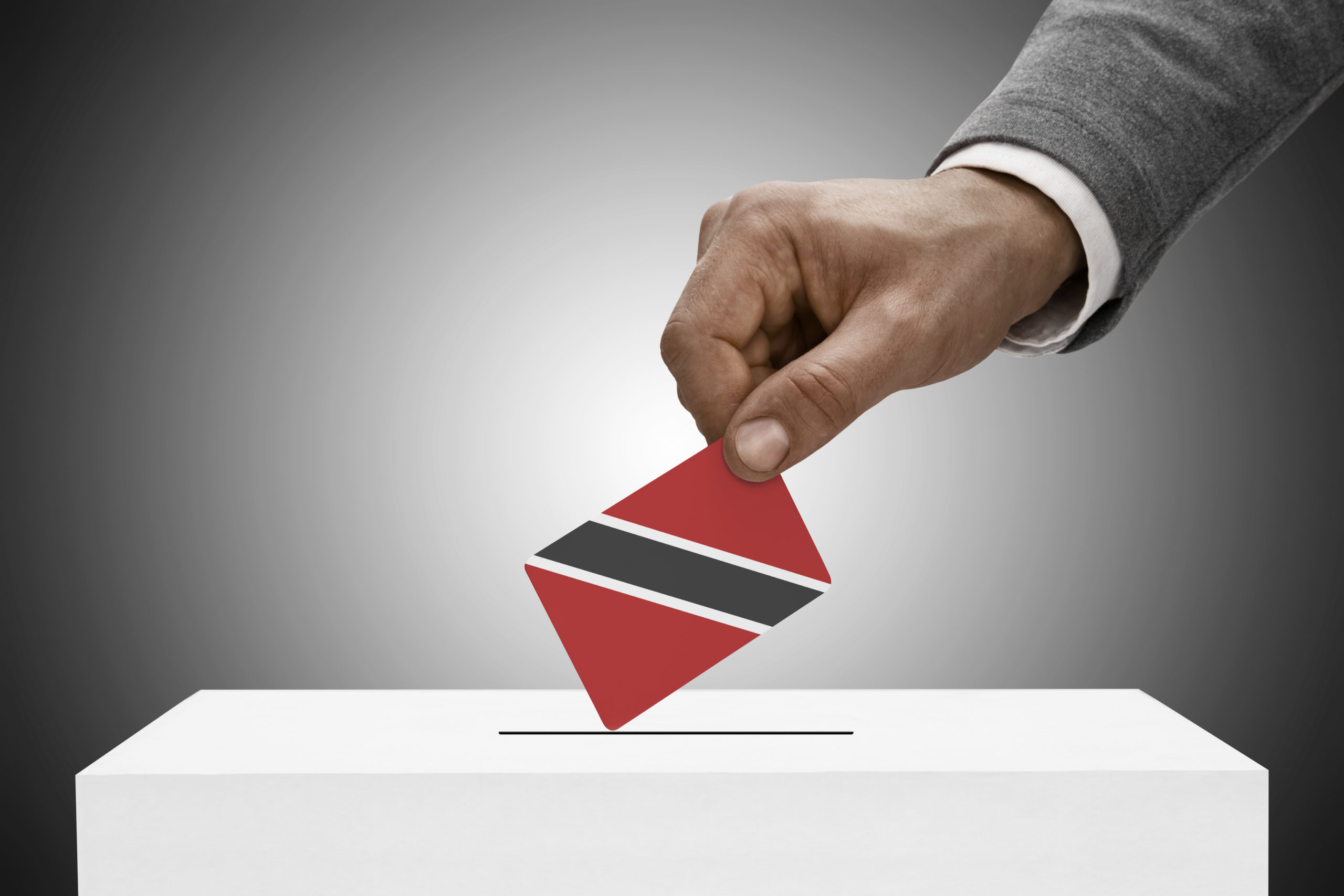

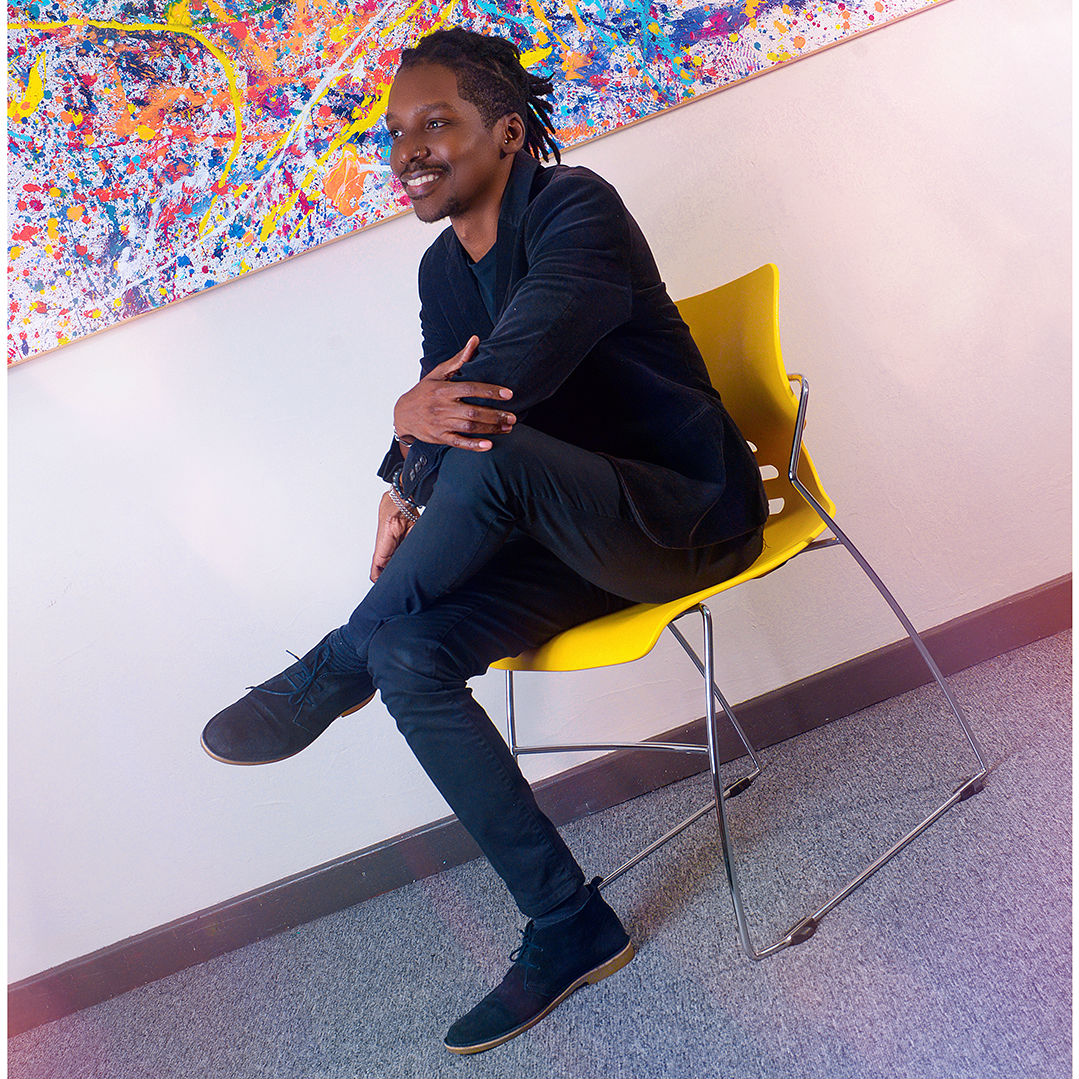


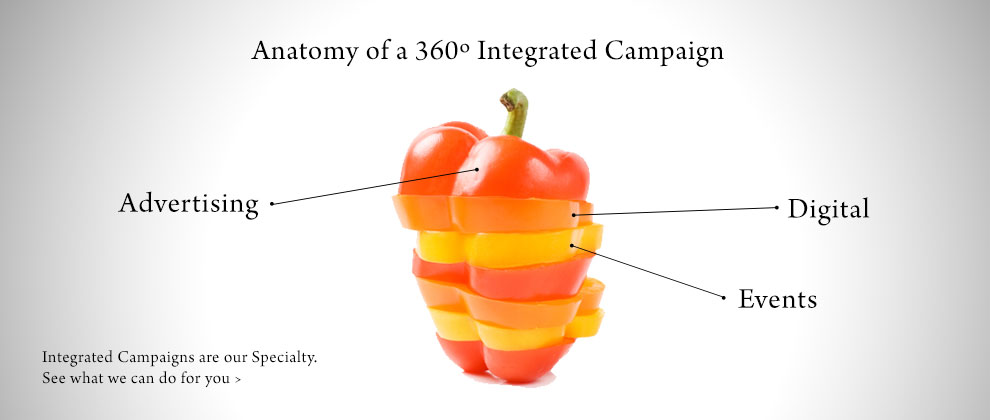

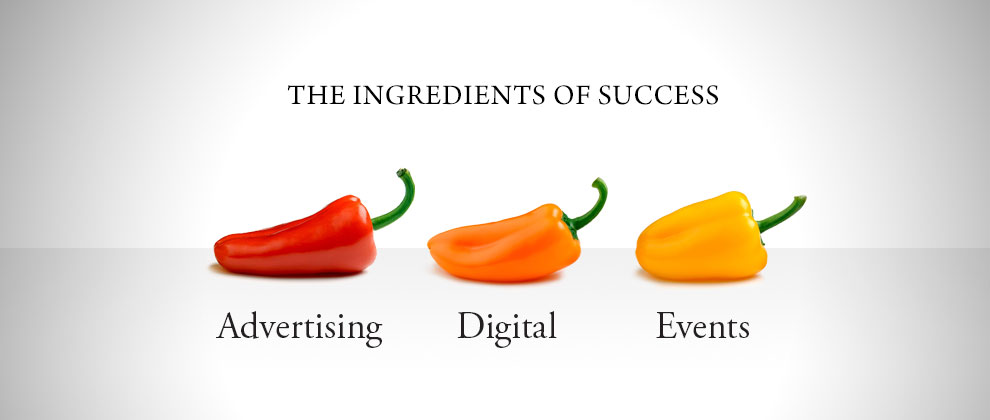

7 January, 2018, 4:15 pm
JINGLE JANGLE JUNGLE (19:12:93)
Richard “Nappy” Mayers will be remembered by the public for
his nostalgic “Bring back the old time days”—a ballad which has
acquired an almost unbearable poignancy since Mayers’s early death.
But musically Mayers was really a master of a different genre whose leading practitioners are hardly known, men such as Sean Bartholomew, Graham Wilson, Carl “Beaver” Henderson and Mark
Fojo. Theirs is the fairly young tradition of the professional composer of jingles; musicians who specialise in writing 30-second commercial advertisements.
Their compositions and voices fill the radio and TV waves,
echoing in Trinidadian heads. For example, Colin Lucas’s “Have a beer instead” or Sean Bartholomew’s “There’s only one bank/you
can depend on”.
What’s new about these composers isn’t their remarkable
musical versatility—Bartholomew, for instance, is a classically-trained pianist; rather, it’s that they’re all one-man bands, working in their own mini-studios with computerised hi-tech equipment: multiple digital audio tapes (DAT), drum machines, synthesisers, sound modules—that allows them to write and produce the jingles single-handedly.
“Before the eighties the big studios would get a known composer to write their jingles—Clive Bradley, Andre Tanker,
Robin Imamshah, Roger Israel,” says guitarist Peter Shim, who works at Beston Advertising. “Today these guys build their own sound rooms and the good ones, like Nappy, produce good quality stuff cheaper. They’re the ones making the dollars.”
A jingle written and produced by the professionals costs about $7,000 but if the client wants different versions the cost can triple. And what’s more, this doesn’t have to be shared with a bunch of musicians because the synthesisers can simulate all the different instruments—piano, woodwinds, strings, horns, percussion. Only the vocals need be live.
“Sometimes the composers sing too, but other times they bring vocalists, like when a female voice is wanted, because most
writers are male. Sometimes we’d ask for a different vocalist;
otherwise you’d hear the same voices all the time on the air,” says Sean Gianetti from Hernandes/FCB.
This cosy establishment also has its interlopers, known as “men of the street”. “The agencies don’t like them but there are
composers who go directly to the businessmen, ‘a man just walk
off the street with an ad,’ they’d say,” explains Roger Israel, whose studio also produces the work of such low-profile songwriters. “He can save the client a lot of money, although the work is often low-quality.”
Ironically, it was the failure of one such interloper, who was turned away in 1955 by Jean Antoni, the manager of Salvatori Ltd, which resulted in a jingle being rewritten to become one of the greatest calypsoes. Originally it ran:
Jean and Dinah
Rosita and Clementina
Came to me one morning
After they completed their shopping
They told me, honey
I never had more luxury
More than when I stop
And went to Salvatori to shop.
Sparrow’s attempt to write a jingle wasn’t just a vaps. Years before in 1952 Small Island Pride had popularised “No Beef for credit”, a marvellous calypso that advertised HiLo supermarket without sacrificing any of its double entendre suggestiveness:
With a shape like a Coca Cola
She had more hips to me than Delilah
She said, what you want to know
If you want to look so
You must buy your goods at HiLo.
Next day ah bounce up Olga and Doreen
If you see how fast these girls running
Down Marine Square to HiLo they going
To see where healthy foodstuff is selling
I said, you come quite from Point Cumana
For with the cash you get things much cheaper
She said, boy stop your chat
It’s not only that
HiLo goods does get people fat.
The relationship between local musicians and commercial
enterprise is long-standing. The first calypso tents—Salada Millionaires and Blue Moon Millionaires—were sponsored by
merchants and advertised Salada Tea and Blue Moon Talcum Powder. And the first tent run by calypsonians was the Toddy Syndicate, which was sponsored by LJ Williams—importers of Toddy chocolate drink. The tent’s 1929 theme song “Toddy”, penned by Atilla the Hun, became a road march:
Mammy, dear Mammy
Buy some Toddy for me
I’m feeling weak, tired and broken down
I know that Toddy will make me strong
So drink Toddy everyone
For pep and energy
This was merely a commercial extension of the calypso’s roots in African praise songs, which date back to the arrival of the first French settlers and their slaves in the late 1780s. But the commercial potential of calypso, and indeed all local music, only really began to be exploited in the 1940s and 1950s when “No Beef for Credit” and Russell Henderson’s “Ju-C” became favourites on the road.
“It did not appear as if the people enjoyed a road march less because it was telling them to buy at HiLo or drink Tisand de Dourbon,” writes Gordon Rohlehr in Calypso and Society in Pre-Independence Trinidad.
But by 1965 when Starlift played “Tisane” on the road they were heckled. Indeed, as early as 1956 Lord Melody was already
griping about the popularity of advertising jingles. “Whenever a
business firm hears a good jingle, its composer is rushed to
commercialise it. It is then heard over the radio with the
announcement that such and such a firm presents this tune as its
road march for 195…,” the Port of Spain Gazette reported him as
saying in the year Sparrow rewrote “Jean and Dinah”: “Melody
complained of the difficulty in getting steelband through the radio, as radio stations were too taxed with these commercial tunes to squeeze in anything else.”
And yet it was Melody himself who had written one of the
greatest, and certainly the longest-lasting jingles, the immortal “Nagib Elias for all kinda lumber”. This classic was given a soca
flavour by Peter Pitts in 1972, and then revamped with a reggae beat in 1982, but its lyrics and melody remain basically unchanged, as charming today as when they were written in 1952:
Shoemakers run run run
To Nagib Elias and sons
Carpenters come come come
To Nagib Elias and sons
Foundations and fixtures by the score
Mirrors in the back office by the door.
Nagib Elias, all kinda lumber
Hardware, iron, bathtubs et cetera
If you want leather to build your shoe
Nagib Elias is the place for you. (modern version)
Cement coming in, cement going out
They supplying cement all about
If you want your materials
Get up and run
Before all them truck of cement done. (1952 version)
One be one, two be two
Nagib Elias is the place for you (reggae version)
Sparrow got his own back as a jingle composer in the sixties
however, when he produced his classic “Guinness”, a jingle at once complex and simple and charged with Sparrow’s eroticism. “It was the perfect marriage with Sparrow’s macho image and the Guinness message, the way he slows down the words,” says Ample director and NCC Chairman Alfred Aguiton. “Then he speeded up the ending—Guinness is a man’s best friend—so you could use just those few seconds by themselves”:
Guinness, with a little milk and egg
Guinness, somebody bound to beg
Guinness, I really love the blend
Guinness is a man’s best friend
Oh, no other drink ever give no one so much happiness
Blessed was the day when my mother make me drink
Guinness in the morning
Guinness in the evening
Scrunter has done some memorable jingles for TSTT, Relator for Kirpalani’s, Andre Tanker for NCB, Lancelot Layne for BWIA, Brigo for Det and Pat Castagne, who composed our national anthem,
was responsible for “In this country/Carib country/A beer is a Carib”. And to challenge that, Stag had to go for the best.
“After we commissioned the jingle, Sparrow brought it the
next day. He’d forgotten his guitar so he just knocked the desk and sang it,” recalls Dennis Ramdeen, then marketing manager of Stag Beer. “Carib was way ahead, so we were fighting them on price while trying to improve the perception of our product.”
Carib appealed to all Trinidadians, rich and poor, black, white and Indian, so Stag zeroed in on just one group, the lower income-earners just then feeling the brunt of the recession. Then came the second attack, when the campaign roped in David Rudder and Charlie’s Roots to make Stag “the people’s beer”:
Harry they say you on the breadline from tomorrow
Pressure come and go but you ent the kinda man
To prop no sorrow
You will rise again like the morning sun
Because you are one of the strong.
Anand Yankarran then did a chutney version in Hindi,
followed by Colin Lucas’ dancehall version.
“We worked with Sparrow and Rudder and had the best arrangers—Ed Watson and Pelham Goddard. Joe Brown produced the
jingles at Coral Studios, which was the best then,” says Ramdeen. “And we did several versions of the jingles, even a completely
wordless version on pan. Excluding what the composer got, the
jingles cost up to $25,000.”
Which was more cash than given to the Calypso Monarch, who
fortunately also got a car.